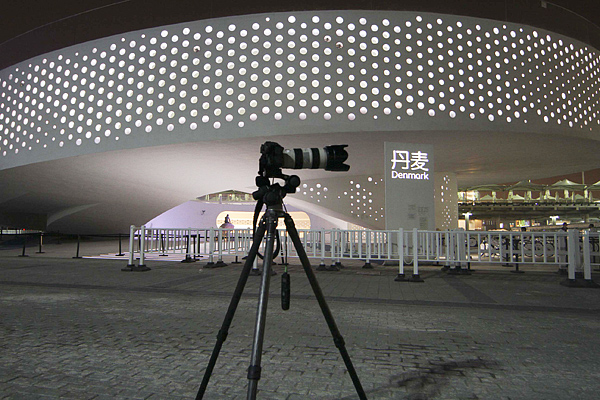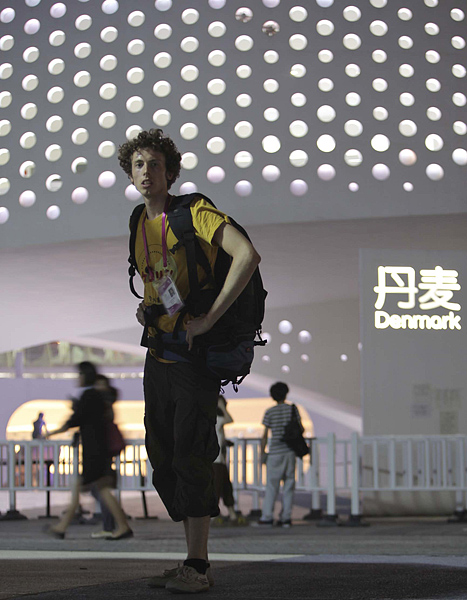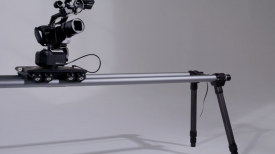He tells of the technique used to create some stunning time-lapse sequences using just regular equipment and some lateral thinking.
I was shooting photos at the Shanghai Expo on assignment for Getty Images editorial and after the opening weekend I decided to stick around for a bit longer and shoot moving images of some of the more interesting buildings there. My friend Dan O’Connor and I had previously worked on a time-lapse piece shot in Beijing and I had been looking for opportunities to stretch my horizons – shooting in some different settings. Of all the buildings I had visited the Danish pavilion seemed like the most challenging – so I chose to try that one first.
The Danish Pavilion from Shanghai Expo Timelapse Machine on Vimeo.
First I did some general time-lapses of the whole structure, then I started to play with the idea of following the building’s spiral structure – its dominant element. I wanted to shoot a time-lapse moving the camera following the spiral, shooting towards the building’s centre. I first tried to slide my camera down the spiral with my camera on a clamp around the railing, using a towel between the clamp and the rail. This method turned out to be very unstable and I had to rethink. Next I figured that a better option was to place the camera on a tripod (Gitzo GT3541XLS with Manfrotto 405 head) and move it manually down the spiral – shooting a still every four seconds using a remote control timer switch. It took me a couple of test runs but as I practiced gradually the bumps disappeared. Once I knew I could do it well I made a double run following the infinite spiral shape of the building’s top deck.
For most of the time-lapses I set the camera to manual exposure mode, occasionally adding a ND filter to slow the shutter speed. If there was a significant movement or light change then I opted to shoot Aperture Priority exposure mode instead.

The main challenge at the Danish pavilion – and at the entire Expo – is to work with such a big crowd around you. The constantly changing subject in frame combined with the tough conditions behind the camera, such as the bustle and the heat, made shooting hard work. These conditions force you to think harder and I found this to be as much a positive as a negative element.
Each time-lapse sequence consisted of about 300 images. I assembled the video and time-lapses in Final Cut Pro and used the music to bring out the best of the images. Composer Wim Mertens’ music is ideal for time-lapses and this type of editing – I like to use the structure of the music to organize the images and determine pace and mood.
The regular video was shot on the Canon 5DmkII at 24p. Most of the lenses used were Canon L primes (24, 50, 100) together with some L zoom lenses (16-35 and 70 – 200). Unfortunately I don’t have any rig or shoulder support so most handheld video was done using a tripod with legs folded together, often upside down for extra stability.

I have only been doing time-lapses for a couple of months now, but it has been a very intense learning process, in which I have been exploring the format from scratch. I believe it doesn’t have to be all clouds and traffic. However, there are certain rules it seems – you need to have either dramatic change, a strong sense of direction or a strong rhythm in them.
In total I spent a week and a half on the Expo site in between my other assignments and managed to shoot around fifty time-lapse sequences. We have completed another Shanghai Expo piece, this time from the UK pavilion, shot in a very similar way with the same idea and setup. I hope you enjoy it.
The UK Pavilion from Shanghai Expo Timelapse Machine on Vimeo.







